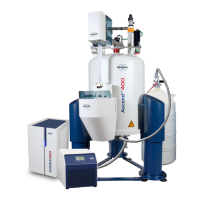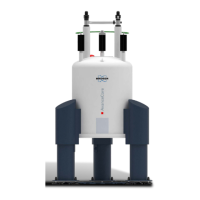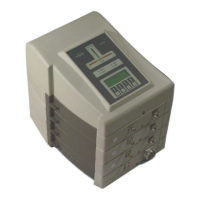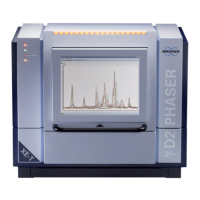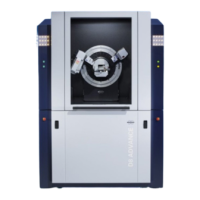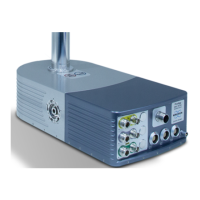Magnet Safety
24 / 48 H171764_6_001
The following figure shows the recommended layout of the warning sign:
4.3 Safe Handling of Cryogenic Substances
A superconducting magnet uses two types of cryogens, liquid helium and liquid nitrogen.
Cryogenic liquids can be handled easily and safely provided certain precautions are obeyed.
The recommendations in this section are by no means exhaustive, and when in doubt the
user is advised to consult the supplier.
4.3.1 Types of Substances
The substances referred to in these recommendations are nitrogen, helium and air. Contact
your cryogen supplier for the appropriate MSDS sheets for these cryogens.
Helium
This is a naturally occurring, inert gas that becomes a liquid at approximately 4 K. It is
colorless, odorless, non-flammable and non-toxic. In order to remain in a superconducting
state the magnet is immersed in a bath of liquid helium.
Nitrogen
This is a naturally occurring gas that becomes liquid at approximately 77K. It is also colorless,
odorless, non-flammable and non-toxic. It is used to cool the shields, which surround the
liquid helium reservoir.
Cryogen Transport Dewar
During normal operation, liquid cryogens evaporate and will require replenishment on a
regular basis. The cryogens will be delivered to site in transport dewar. It is essential that
these cryogen transport dewars are non-magnetic.
Physical Properties
Safe handling of cryogenic liquids requires some knowledge of the physical properties of
these liquids, common sense and sufficient understanding to predict the reactions of such
liquids under certain physical conditions.
